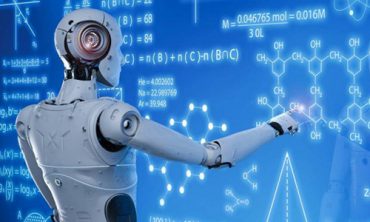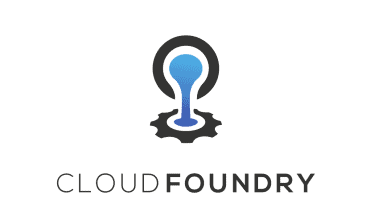
Just as Rome wasn’t built in a day, the industrial IoT will develop in a piecemeal fashion.
The emerging Industrial Internet of Things (IIoT) is a very big deal, and an overwhelming one.
Moving to IIoT — to capture and be able to act on real-time information on production, machine health, facility conditions, supply chain movements, inventory, shipping, and a host of other capabilities — is nothing short of a new industrial revolution. Embracing these capabilities requires hefty investments, training, skills acquisition, re-directing of resources, and even re-thinking the business you are in.
To help managers and executives get a clearer picture of what needs to be done and how to go about doing it, our friends at the Industrial Internet Consortium (IIC), recently published an Industrial Internet Connectivity Framework, a reference architecture for IIoT system and solution architects to evaluate connectivity technologies as they design IIoT solutions. The framework is intended to help unlock data in isolated systems, enable interoperability between previously closed components and subsystems, and accelerate the development of new applications within and across industries. The framework helps to map the IIoT connectivity landscape, and provides guidelines to building interoperable IIoT systems.
Solving Industrial IoT challenges
The IIC framework couldn’t come a moment too soon, as many business leaders are beginning to sweat bullets over the impending tasks ahead. Dr. Ulrich Spiesshofer, president and CEO of ABB Group Worldwide, captured a lot of the current angst about IIoT in a recent Forbes post, noting how many CEOs are either terrified of it, or brushing it off. “The changes we’re facing are, quite simply, unlike anything any CEO has come across before — in the types of products we create, the services we offer, the value we deliver, the nature of the new competitive advantage we will seek, the engagement models with customers, and—perhaps most importantly of all—the metrics and perspectives by which our customers will evaluate us,” he says.
To get started in this direction, there are some essential, basic steps companies can take – just as Rome wasn’t built in a day, the IIoT-driven enterprise is something that can develop, piece by piece, over the coming months and years. Jason Andersen, vice president, business line management for Stratus Technologies, recently outlined some of these steps that can be taken:
Modernize, not revolutionize: With hundreds or thousands of new connections to devices and clouds, the challenge will be maintaining stability and security, Andersen points out. Making a wholesale move to new systems is simply too risky, and potentially very complex. “Instead, focus on an evolutionary approach to modernization,” he advocates, while gradually replacing outdated systems “with new, standards-based hardware, operating systems and applications.”
Leverage virtualization: Virtualization lets companies locate and build new systems on top of existing infrastructure. “Deploying multiple applications on a single, virtualized server residing on low-cost, standards-based hardware reduces the number of physical systems that must be bought, configured and maintained,” says Andersen. “It also makes the environment inherently more reliable, because there are fewer physical systems to fail.”
Keep it simple: Adding more and more connections to an ever-growing network of devices and inputs, along with all the data that will be flowing in, in itself is complex. Wherever possible, “adopt a bias for simplicity,” Andersen says. “Deploying solutions that don’t need a lot of care and feeding frees up OT personnel for the higher-value tasks made possible by IIoT, such as using advanced analytics to optimize plant productivity and equipment life in real time.”
Remember, it’s a journey, not a destination: “Replacing your outdated automation infrastructure with a more modern, highly available, virtualized environment is the first step on that journey,” Andersen says. “It creates a solid platform on which to build your company’s IIoT future, wherever it may lead.”
The payoffs of getting started with IIoT will ultimately be significant, and companies will soon wonder how they did business before the IIoT, Spiesshofer suggests. “In the near future, when intelligent sensors that anticipate problems slash unexpected factory downtime, we’ll wonder how the world got by before this innovation,” he says. “When process-manufacturing companies are able to reach unimagined levels of quality and productivity by infusing their machinery and systems with software and intelligence, they’ll find it hard to recall the way things used to run.”





























